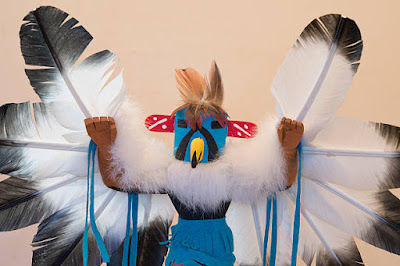Romance in Bloom
Fragrance can transform your entire mood.
And when the mood you want to conjure up is romance, a whiff of the right scent gets you there faster than a binge session with your favorite romance movies. 🎥
From spicy, sensual accords to rose-based floral diaries, I’ve updated rounded 5 of the best fragrances to wear to Announce Spring—or whenever you won't feel like you're living in a fairy-tale! 🏰
Perfumes, like wines, are categorized by notes. As many of my readers know, I was a fragrance consultant at a Perfumery. I love to share my acquired ‘secrets’ in blog posts and novels.
*Remember, perfumes are a personal preference, and all fragrances lingering scent (bottom note) vary by a person’s PH Level.
Now let the fun begin!
1. Ralph Lauren's ROMANCE
Designed to hit all the feelings associated with falling in deep L-O-V-E, a spritz of this classic and light romantic fragrance treats you to notes like white violet, patchouli, musk, rose, and marigold.
2. Tom Ford’s infamous BLACK ORCHID Fragrance has become a cult icon in the beauty industry.
It is recognizable from just one spritz, but it's also one of the most compliment-inducing smells I've ever come across. Smells like: Warm incense spices, creamy vanilla, and heady patchouli.
3. Lancôme's TRESOR
The diamond-shaped bottle is one of the most popular fragrances out there. The brand evoked the radiance and warmth of love using floral and fruity notes like rose, lilac, peach, and apricot.
4. YSL’s BLACK OPIUM (one of my personal favorites) The fragrance is: Initially sweet with punchy notes of vanilla and coffee but dries down to a musky white floral base.
The creamy notes of coffee and vanilla give a non-sickly sweetness that develops into a dry white floral scent, after which you get the base notes of musk and patchouli. It's unique and oh-so moreish; this one will 100% become the most reached-for in your perfume collection.
5. Jo Malone London's LIME BASIL & MANDARIN COLOGNE. Smells like: Long summer days.
This fresh and zesty scent will have you dreaming of warm summer days with every spritz. Juicy notes of lime and mandarin are balanced with earthy basil and white thyme.
Like so many BWL authors and our readers, I love their gardens!
While my garden is no longer producing the lush harvest of fruits and vegetables of my two son’s elementary school years. I still maintain a PERFUMED GARDEN.
My Perfumed Garden is small because the scent can be overwhelming—robust scents. I try to intersperse my fragrant garden plants with scentless plants that complement their appearance over time.
Lilacs have a strong scent, but only in late Spring. Therefore, Jasmine is a vine and a plant I utilize where ever possible. And, of course, roses🌹 and herbs.
The garden brings peace to my life, nourishes my soul, and inspires my creative spirit.
This clip has New Orleans Music: 🎤🎹🎵
How do I keep the Romance in Bloom in my stories?
Gumbo Ya Ya—an Anthology for Women who like Cajun Romance, features Persia, a New Orleans perfumer, and Cooper T., a breeder of the Catahoula Leopard Dog and Westminster Dog Show favorite handler in “The Love Potion.”
You will discover that the art of perfuming creates complications for this no-longer-together-couple. But love is, and a happily-ever-after is definitely in the air!












.jpg)





















